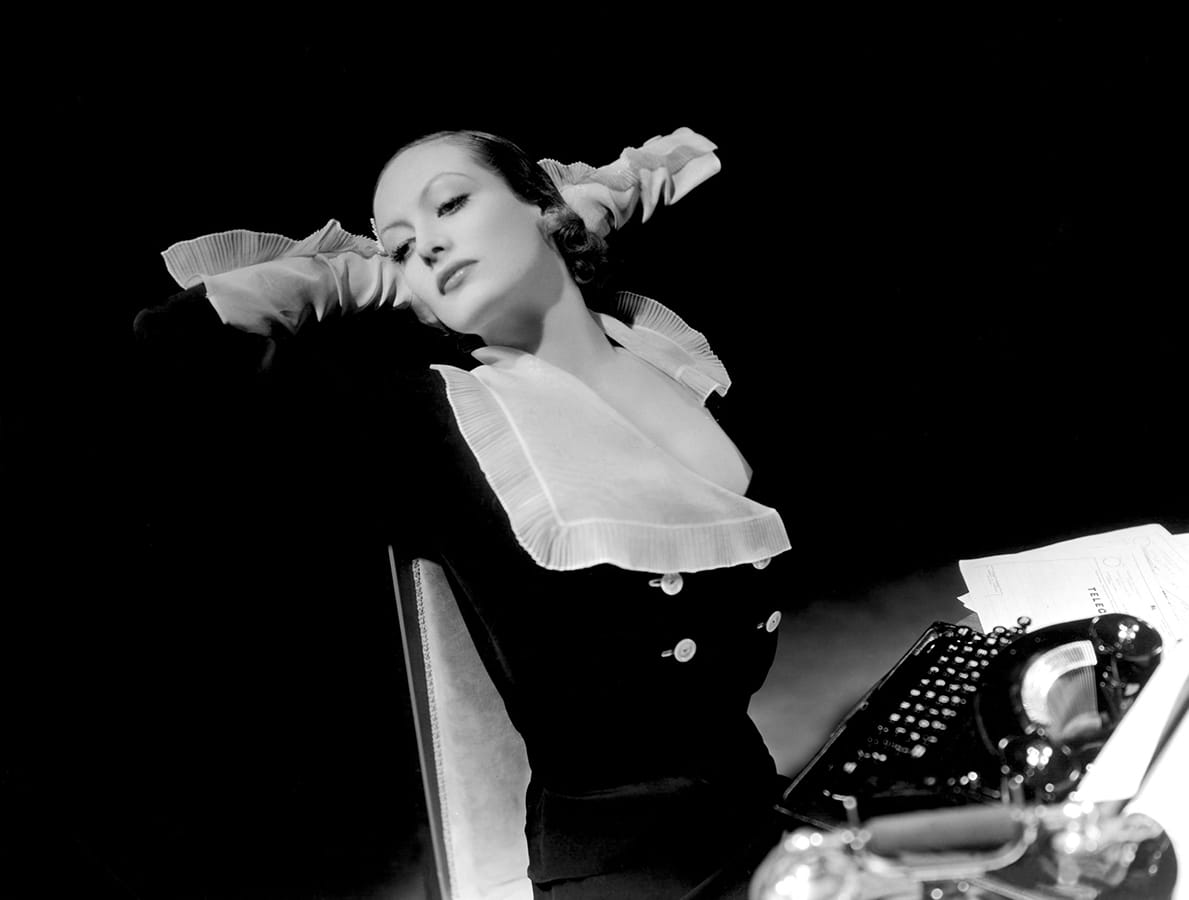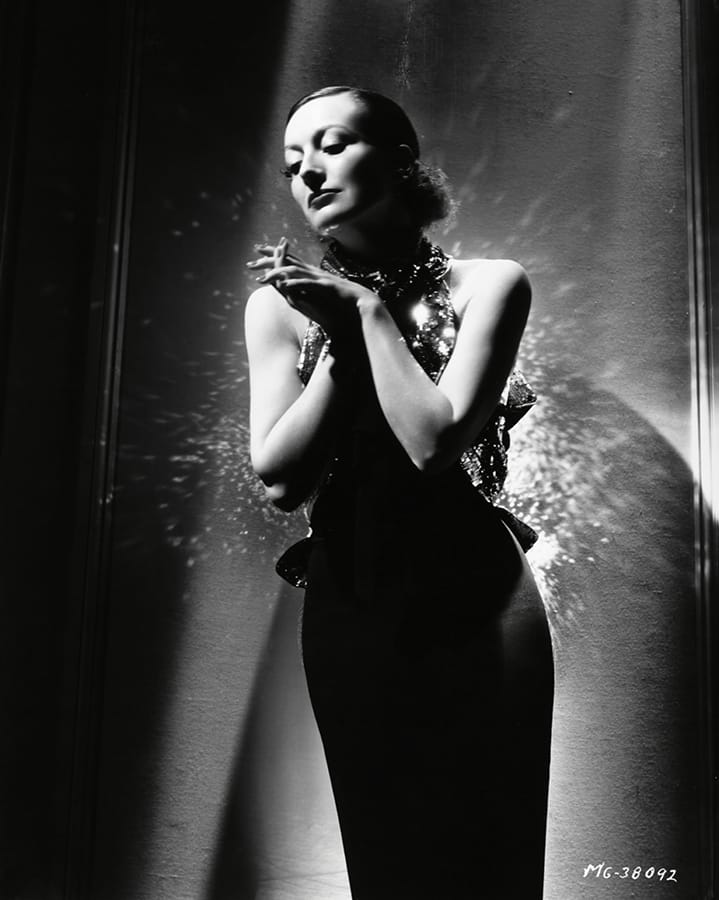RELATED ARTICLE
George Cukor’s Way with Women
Where Credit Is Due
The Criterion Collection

The
great Hollywood portrait photographs are like close-ups that never end. Cinema
is an art of faces, and the chance to gaze at them, to get lost in them, may be
the deepest thrill movies offer. In the darkness of the theater these faces are
vast, glowing, isolated, but fugitive; still photographs extend these moments,
make them permanent. Hollywood grasped this value early on, in the days when
after their runs in theaters films would often vanish forever. Images could not
be called up by the millions on the internet, or easily plucked from the flow
of a movie with a screen grab. Fans had to buy magazines or write to their
favorite stars and request a signed photo, to be cherished like a literal icon.
Stars and photographers collaborated to create these pictures, to achieve the
right balance of the godlike and the human, of mystery and sensuous appeal. Every studio had its own department
churning out stills and portraits, turning its contract players into graven
images suitable for worship. MGM, the studio most invested in promoting its
pantheon of stars, led the way in developing the art of Hollywood glamour
photography, which is to movies as the movies are to real life: a distilled,
perfected essence. Even stars look like this only in their dreams.
Photogenesis: Making Stars at MGM
In 1925, a twenty-two-year old woman named Ruth Harriet Louise became the chief portrait photographer at Metro-Goldwyn-Mayer. Born Ruth Goldstein in New York City, the daughter of a rabbi, she had opened her own photography studio in New Brunswick while she was still a teenager. “Won’t you visit my studio, and let me perpetuate your personality?” one of her advertisements enticed. In an essay she wrote in 1922 for a local newspaper, the Banner, she argued that good photographs possess a soul, and that that best kind of picture “strikes you right between the eyes and makes you gasp for breath.” This romantic vision, backed up by solid technique, enabled her rapid rise in Hollywood, where she had followed her cousin, the actress Carmel Myers, and her brother, the future director Mark Sandrich. That Louise was chic and movie-star beautiful herself cannot have hurt. The idea of Hollywood studios having their own in-house still photographers was fairly new; Clarence Sinclair Bull had arrived at Goldwyn Studios in 1920 to head the stills department, and retained his job when Goldwyn merged with Metro to form MGM, where he would remain until 1956. During his tenure, Louise, George Hurrell, and László Willinger would each take a turn as the studio’s top portrait photographer.
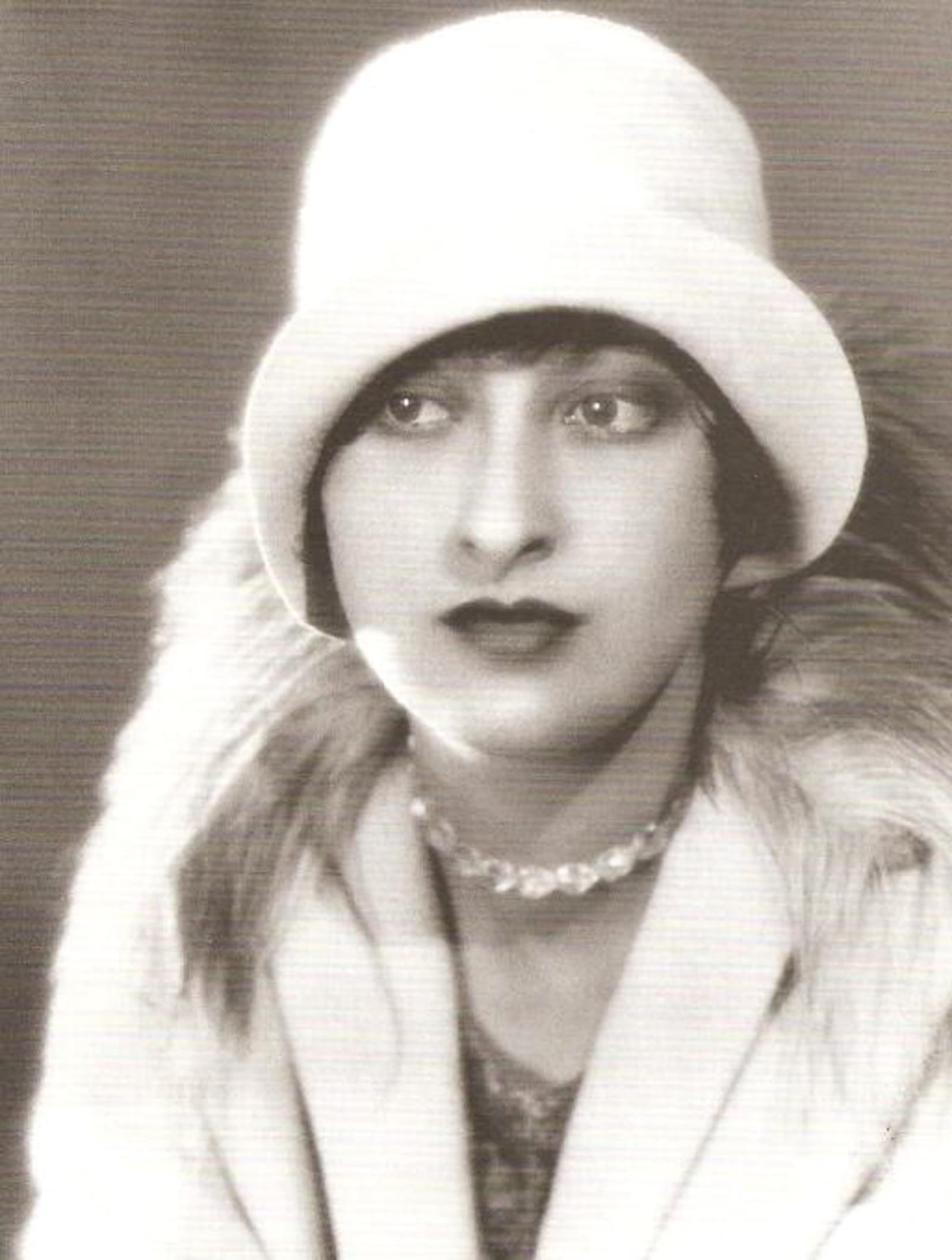
“For some actors, the work of posing was central not only to the development of their personas but to their relationship with the camera, their understanding of how to communicate through it.”
“In some mystical way, Garbo was able to transcend the stillness of a pose—even the stillness of a photograph—and keep moving within it.”
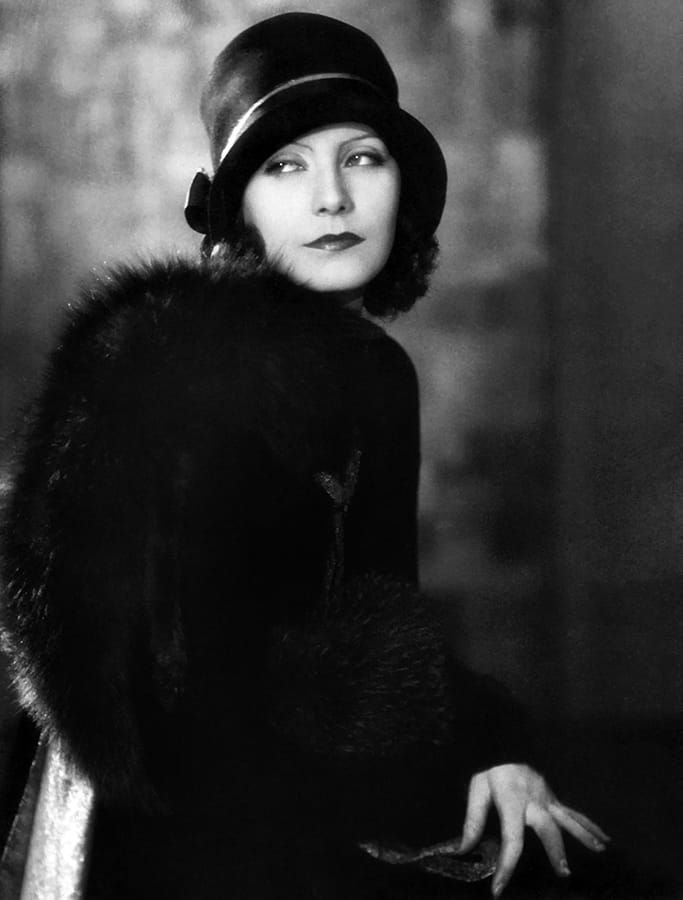
Garbo, photographed by Ruth Harriet Louise
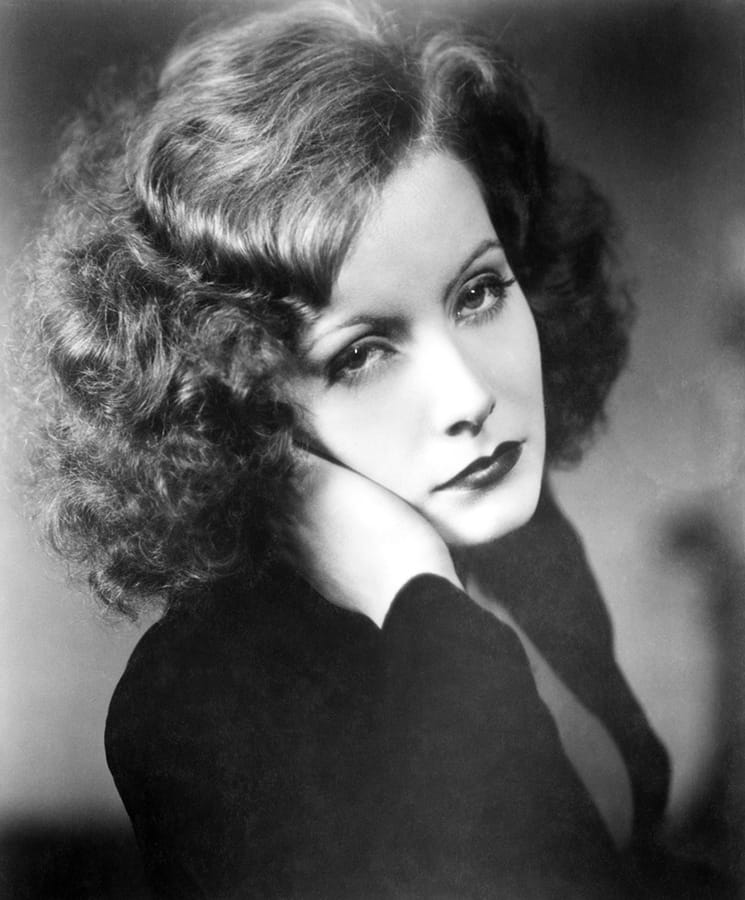

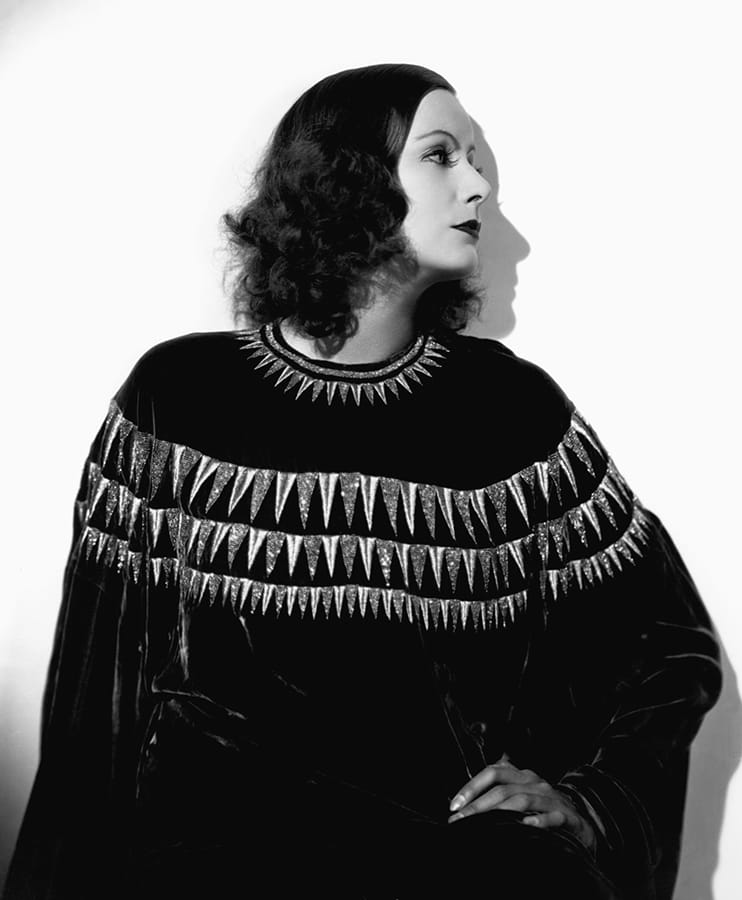

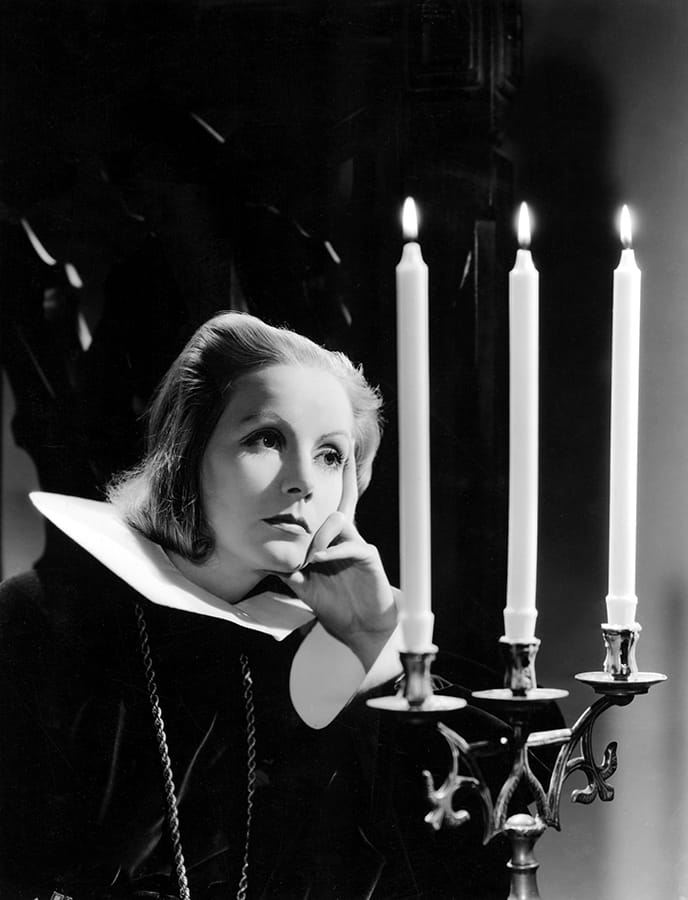
Garbo, photographed by Clarence Sinclair Bull


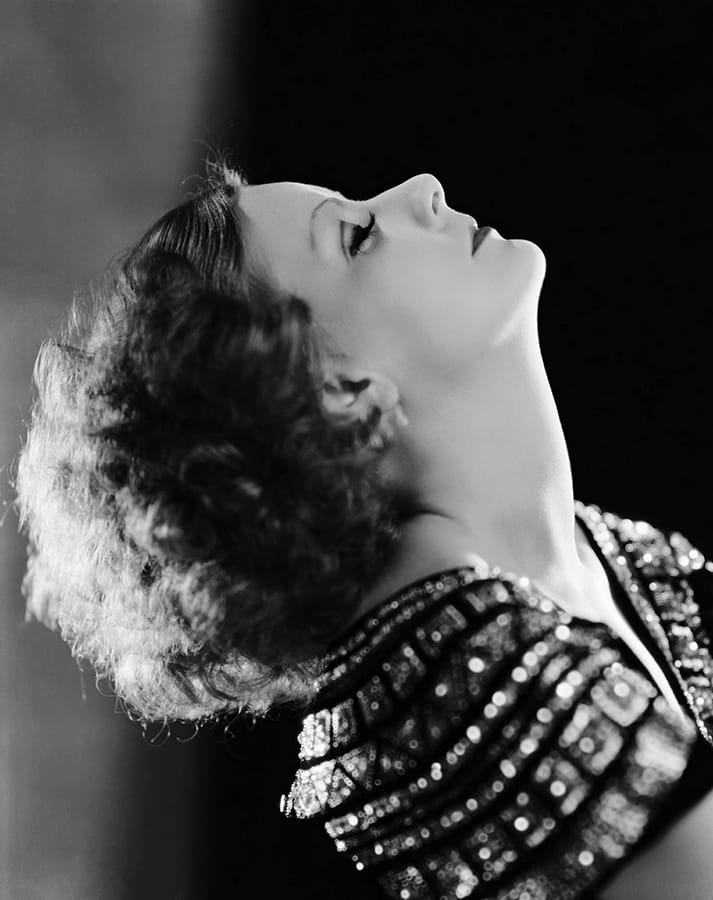

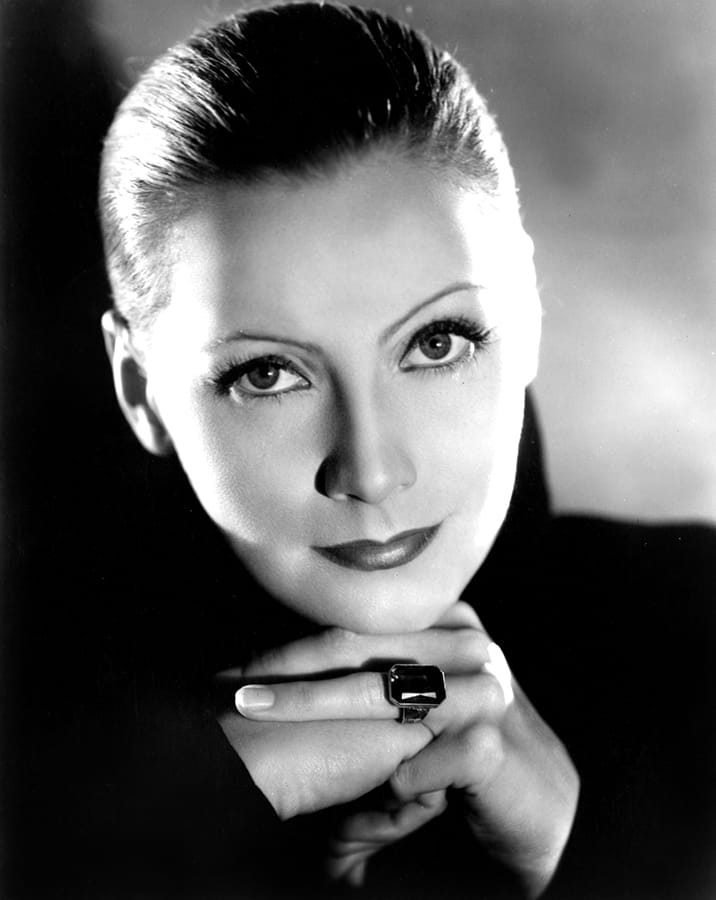
“There is a brittleness and instability about Crawford’s screen presence, as she alternately challenges and supplicates the camera, and through it the audience.”
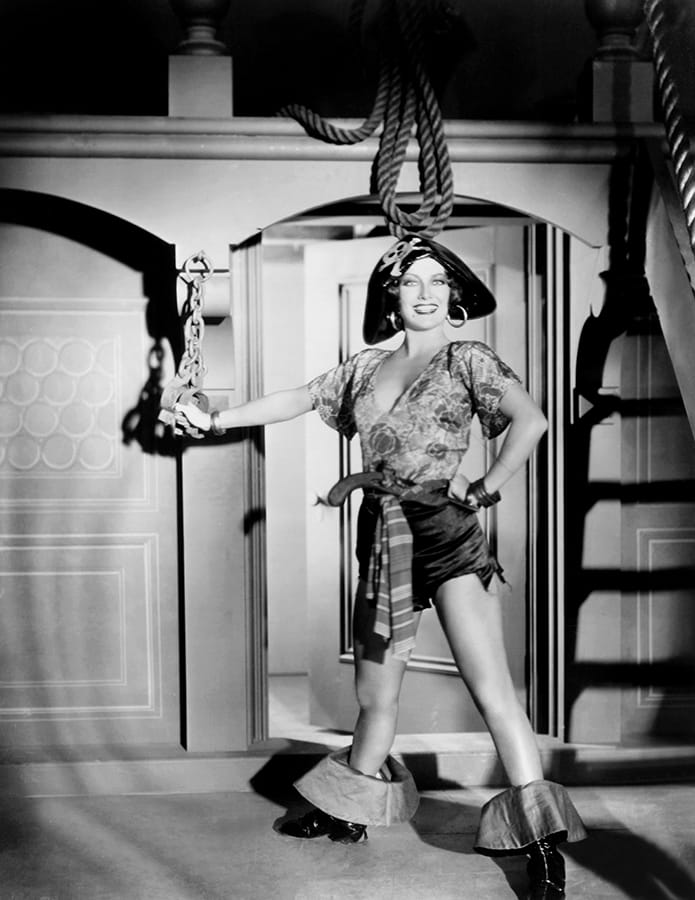
Crawford, photographed by Ruth Harriet Louise

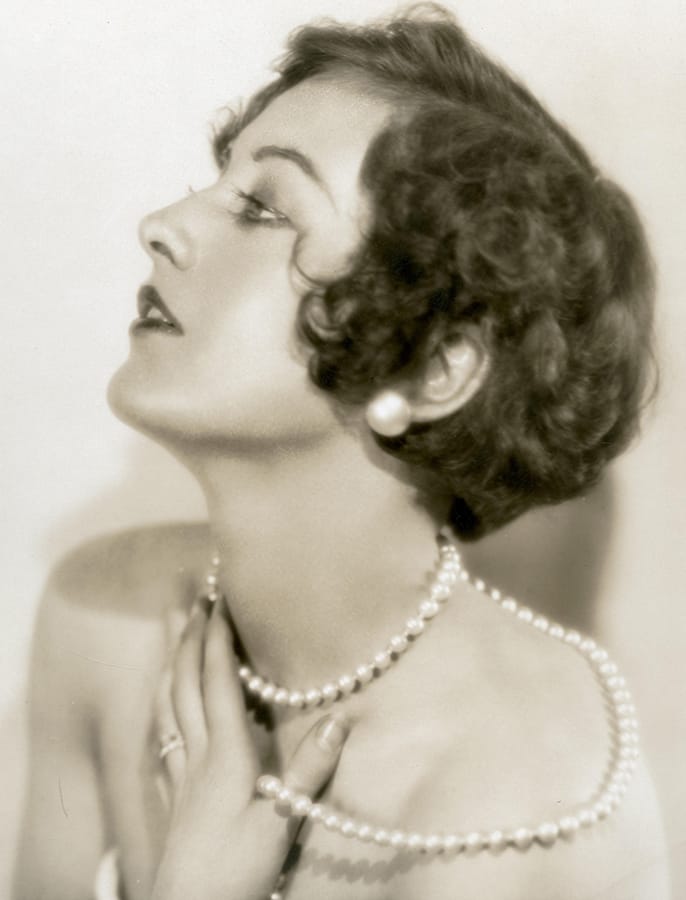

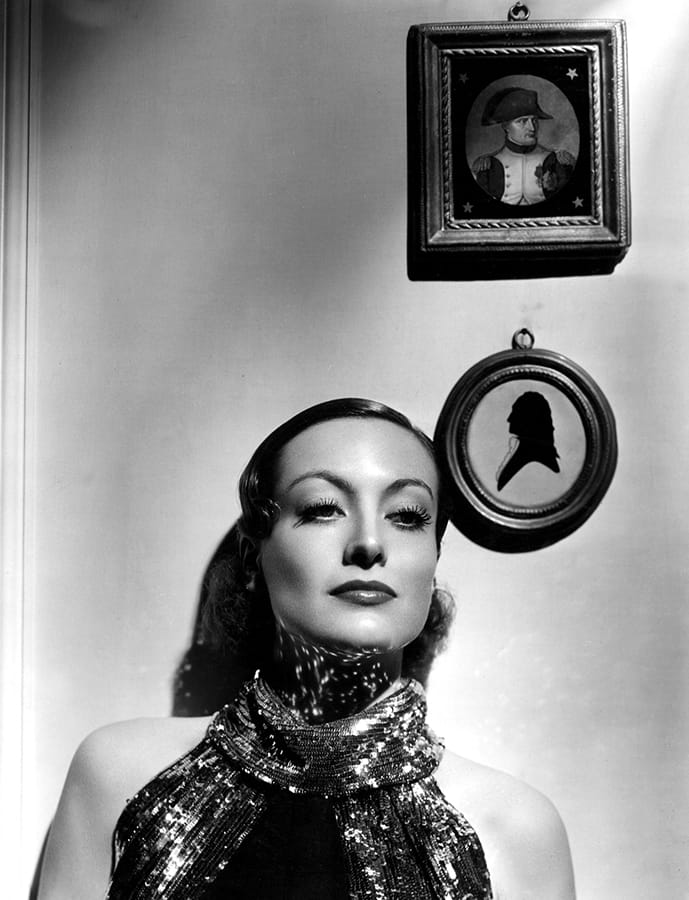
Crawford, photographed by George Hurrell
